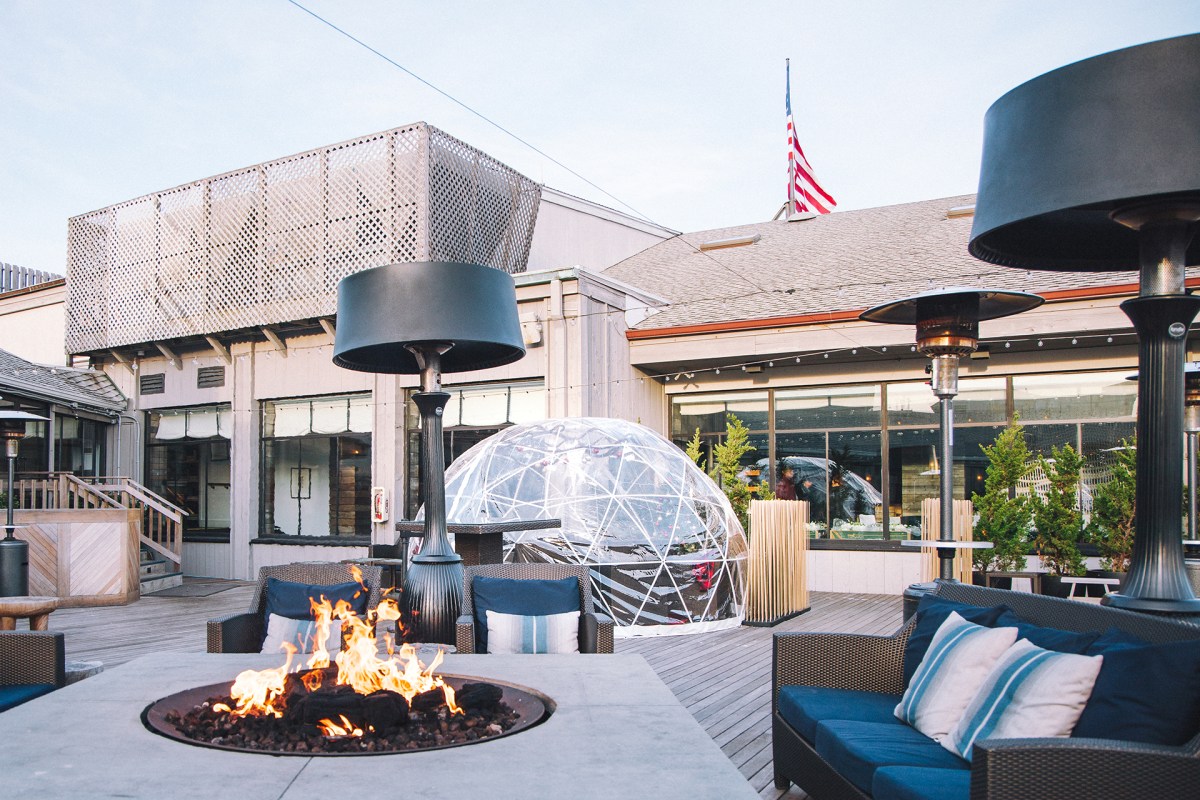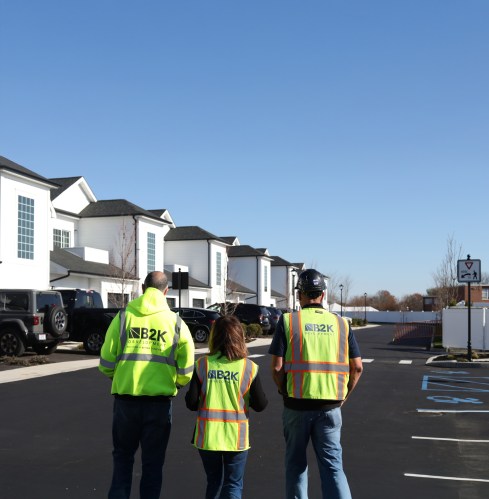There is a fascination about how an artist works, and Xiomáro offered some insights in his gallery talk at the Koenig Center on April 14. Surrounded by 20 of his 144 photographs of Sagamore Hill taken this February he talked about the decisionmaking process involved.
Artist/photographer Xiomáro has been getting a lot of attention n the press about his exhibit How I Love Sagamore Hill on view at the Koenig Center of the Oyster Bay Historical Society now through June 2. He said the most frequently asked question is how long it took to photograph the collection. Friends guessed a weekend, and others seven days. Five days, he said, but long days. He worked in the almost empty Sagamore Hill as it was being readied for restoration from 6:45 a.m. to 5:15 p.m. The staff was very supportive and willing to come in early to help him with the work.
He said every night he spent about 90 minutes transferring the files from his camera to his computer as he set about creating the final photos. That meant saturating some colors; increasing contrast; making them “punchier” to create art as opposed to standard shots.
He forgot to count the hours he spent photo-shopping his digital images. Listening to his talk, it was obvious there were a lot more labor-intensive hours behind many of the finished works.
Non-standard Shots
Xiomáro gave example of standard shots talking about ones being taken at the fireworks display on the Hudson River on the Fourth of July. The standard shot is of the “bombs” bursting in the air as opposed to his photograph of their reflections in the water of which he did a series.
In Brooklyn Heights he was photographing a WWII era building that was interesting because of all the air conditioners sticking out. He turned his camera on it side and made an unusual pattern shot and not the standard shot. Soon he saw others in the crowd were copying his style/method.
He explained that this was his aim, to avoid those standard shots when photographing inside Sagamore Hill.
The North Room
His explained his work on a photo of the North Room, TR’s man cave, which gives a view of the ceiling, usually not visible because of flags hung in the room. The room is layered with items like animal heads and furniture. With most things removed from the room, he wanted to give people a dramatic view they would not otherwise be able to see.
After taking several bracketed photos (different exposures) he worked on it in Photoshop, darkening the corners to funnel attention on the main area of the picture and then created a curve using a flashlight to highlight the golden eagle carved on the molding between the windows. He had softened the photo creating a mini-vignette illustrating “where art comes into play between Monet and Davide (soft vs. hard lines).” His approach to the photo was to answer the question: “How do I feel in that room.”
Another unique shot is of Edith’s room. Staff members told Xiomaro that the room got great sunsets. He timed his arrival at the room and took a photograph that showed a great flare of light coming in the window. “Technically it was what can be called a bad photo. No, I’m an artist not a photographer,” he said. He would rather focus on the emotional elements of a photograph than on its technical specifications.
Spending an hour with a mouse working in Photoshop makes a photograph more like art and painting: making artistic choices. That was made easier because the NPS gave him total artistic freedom, he said.
A Different Mood
“In the sewing room, I wanted a sense of melancholy.” It is a dark picture with the sewing machine backlighted in the window. On the left is a dress form. “It’s a moody picture,” he said. I was combining those two things to tell a story.” Later he showed a photograph of a room at the fully furnished William Floyd House in Mastic Beach, part of Fire Island, where he is currently photographing those interiors for the NPS. He showed a picture with a sewing machine head framed by a pane of glass. He said together those pictures could be used to tell a story.
Xiomáro said he wanted to give the NPS a variety of photos of Sagamore Hill so they can mix and match them in so many ways: kids, history, architecture, rich vs. poor, politicians. His aim was not to say “I was there,” in his photographs, but to consider what do you want to tell people with them.
He appreciated his opportunity to work in both Sagamore Hill and the William Floyd House museums and moved carefully and quietly and wore archival gloves. “My father made antique chair reproductions and I know my way around Chippendale,” he quipped. “It was awesome.”
He said being at Sagamore Hill on his first visit there, and again at the William Floyd House was to take test shots, just like a writer will do a first draft.
At the William Floyd House he took a test photo of a Dutch door opened and revealing two interior rooms. He took advantage of a square in the rectangle of a far window to frame an object. When he goes back to take the final photo of the door, he will ask a NPS guide to move the candelabra on the piano to the left, to clean up the shot. He might also add some light to the bottom of the door to make it more visible.
Some Stuff
When he loads up his SUV to go on a shoot, Xiomáro takes a tripod, a remote cable shutter release, a step ladder – he used one in the North Room to get the details at the top of the room by pointing a simple flashlight. He prefers to get close to an item rather than use a telephoto lens to get a more natural look and for clarity.
He does use a reflector with a silver and gold side which he coordinates with the sunlight. He also brings along a stool and clamps and his laptop.
“My best purchase is a $40 photographers vest with pockets.” He bought it after he broke a $100 flash that fell on the floor and shattered — now things go in the pockets.
Xiomáro uses a Nikon D-200 and said he could construct and use a pinhole camera to use if needed. To take better photos, rather then constantly upgrading your equipment, take time and thought and he added, “The best equipment is what you have between your ears.”
His printer is an Epsom and he uses a nine-cartridge ink system so that the colors come out exactly as needed. It’s expensive but worth it.
While Xiomáro likes simplicity in his craft, he is also intrigued by the wet plate collodion process from the 1800s. If you visit his website Xiomáro.com you can click onto a lecture on the process. The site also has the interviews he conducted with Sagamore Hill Superintendent Thomas Ross, Oyster Bay Historical Society Executive Director Phillip Blocklyn; and Elizabeth Roosevelt whose great grandfather was a cousin of Theodore Roosevelt. She is also related to Franklin Delano Roosevelt and his cousin/wife Eleanor, among her many credits.
At the gallery talk, Xiomáro answered a question by Nicole Menchise, OBHS archivist about the merits of the earliest cameras the clarity of which amazes her today. His view was that digital vs. analog vs. 35 mm cameras all have their individual benefits.
Coming Up
Xiomáro’s first project for the NPS was at Weir Farm in Connecticut and he said this fall it reopens to the public. Sagamore Hill will be opening in about three years. Part of his mission is to encourage people to learn about and enjoy our National Parks.
Xiomáro will be the speaker on May 16 at the Friends of Sagamore Hill’s Dr. John A. Gable Lecture Series, held in Christ Church Parish Hall, 61 East Main Street at 7 p.m. Admission and refreshments are free to all. For more information, visit sagamorehill.com/lecture.html or call 922-5032.
On May 18 exhibition curator/photographer Xiomáro will again talk on his exhibit How I Love Sagamore Hill, from 2 to 3 p.m. Free. For information call 922-5032. The exhibition continues through June 2 at the Angela Koenig Center, 20 Summit Street, Oyster Bay, 922-5032.




























